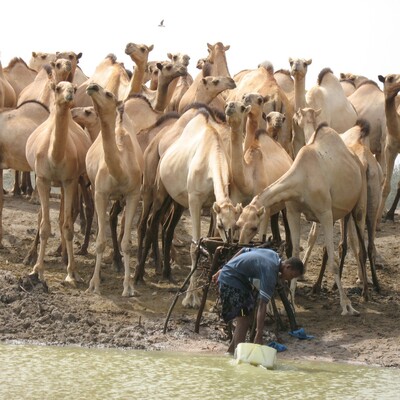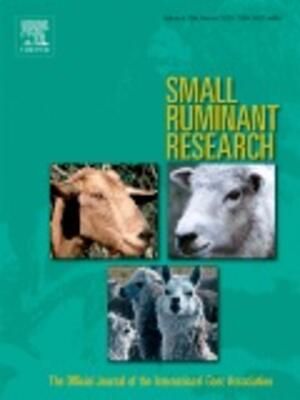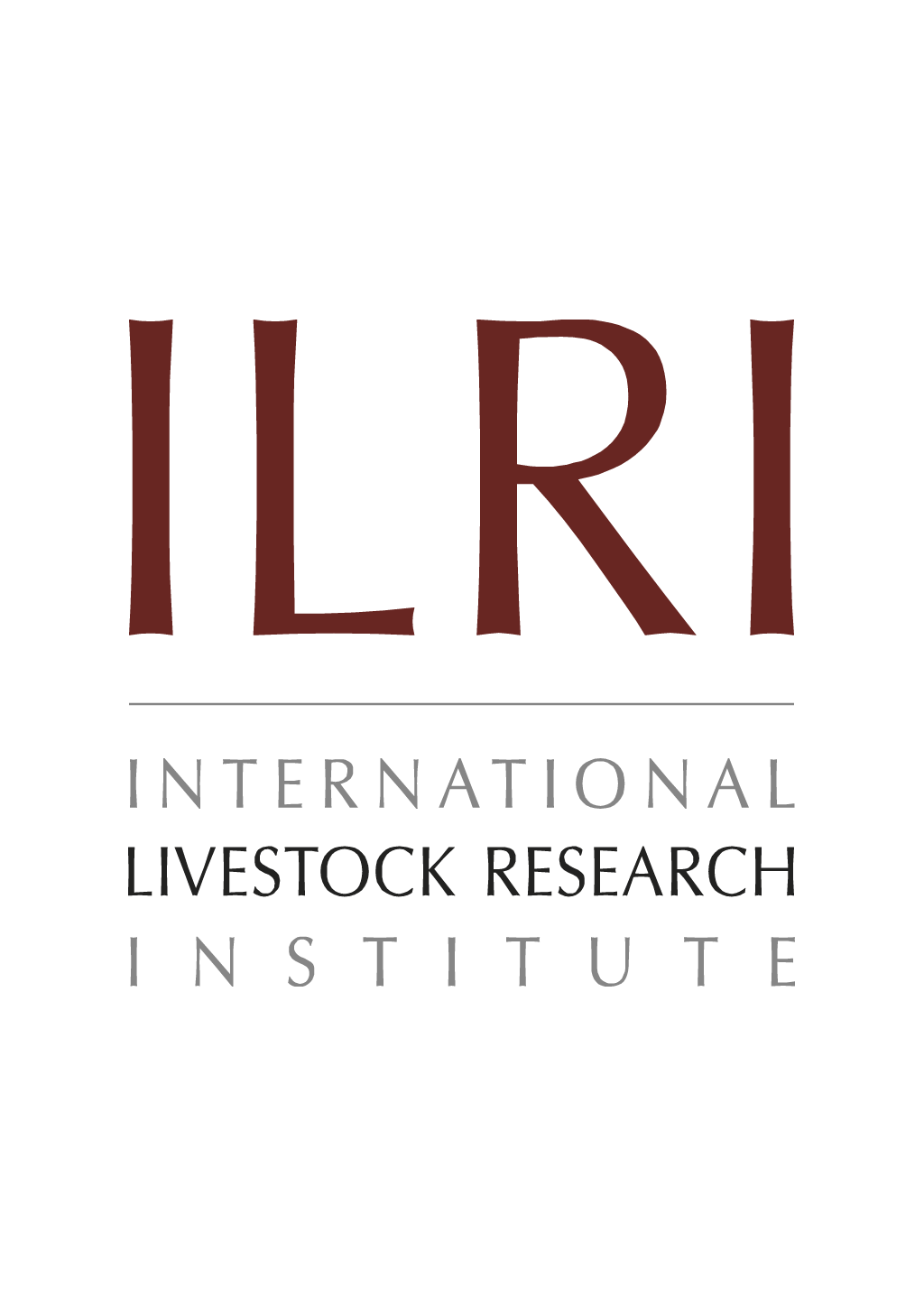
Isolation and characterization of anaerobic cellulose-degrading bacteria from East African porcupine (Hysterix cristata)
Abstract
Two strains of obligately anaerobic cellulolytic bacteria designated as PS7 and PS8 (PS for porcupine species) were isolated from hindgut fluid of a crested porcupine (Hystrix cristata). The rates of cellulose degradation, total volatile fatty acids, and gas production from cellulose by the isolates were determined in comparison with Ruminococcus flavefaciens FD-1. Ruminococcus flavefaciens FD-1 degraded acid swollen cellulose and produced total volatile fatty acid at a faster rate (0.03145 mg/d;3.8350 mumol/mL) than PS7 (0.03113 mg/d' 2.5278 mumol/mL) and PS (0.0125 mg/d; 2.1080 mum/mL). However, PS7 degraded cellulose strips (untreated) faster (1.5 weeks) than R. flavefaciens FD-1 (2 weeks). Furthermore, PS7 produced gas at a higher rate (0.1055 ml/d) than R. flavefaciens FD-1 (0.03145 ml/d) more produced butyric, isovaleric acids and almost twice the amounts of total volatile fatty acids from acid swollen cellulose. Both PS7 and PS8 were Gram variable, rod shaped and motile. On cellobiose medium, PS7 grew at temperature ranges from 25 to 45 degree C while PS8 did not grow at 25 and 45 degree C. Both isolates grew at pH levels between 6.2 and 11. Characteristation based on carbohydrate fermentation and morphology indicated that these two isolates were similar. Characterisation by RAPD-PCR suggested that PS7 and PS8 were genotypically similar but distinct. Phylogenetic analysis using the nucleotide sequence (1450 bp) of the 16S rRNA gene suggested that PS7 clustered with Clostridium sub-phylum and exhibited the highest similarity (95 percent) with Clostridium lentocellum. The phylogenetic results suggest that PS7 might represent a new taxon.
Citation
Anaerobe;5(2): 93-100









